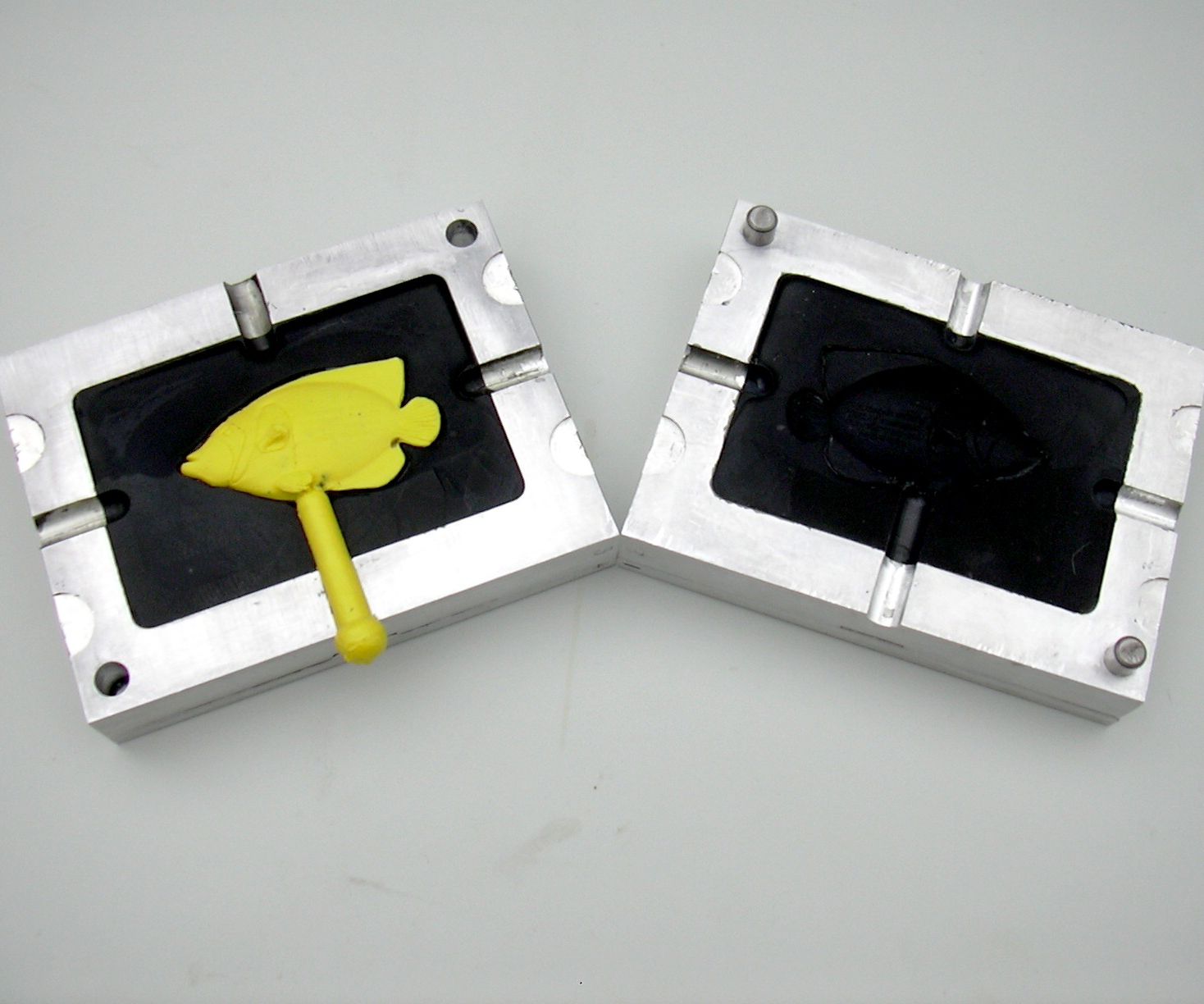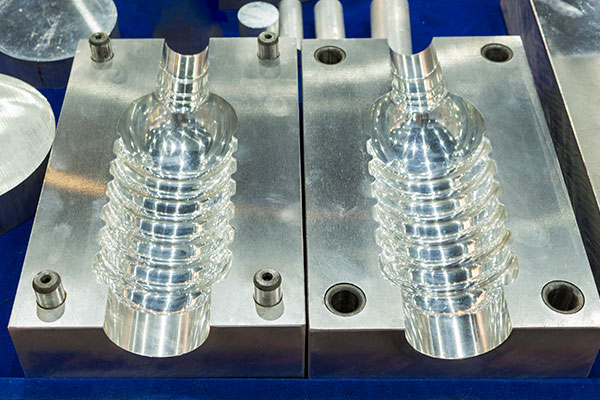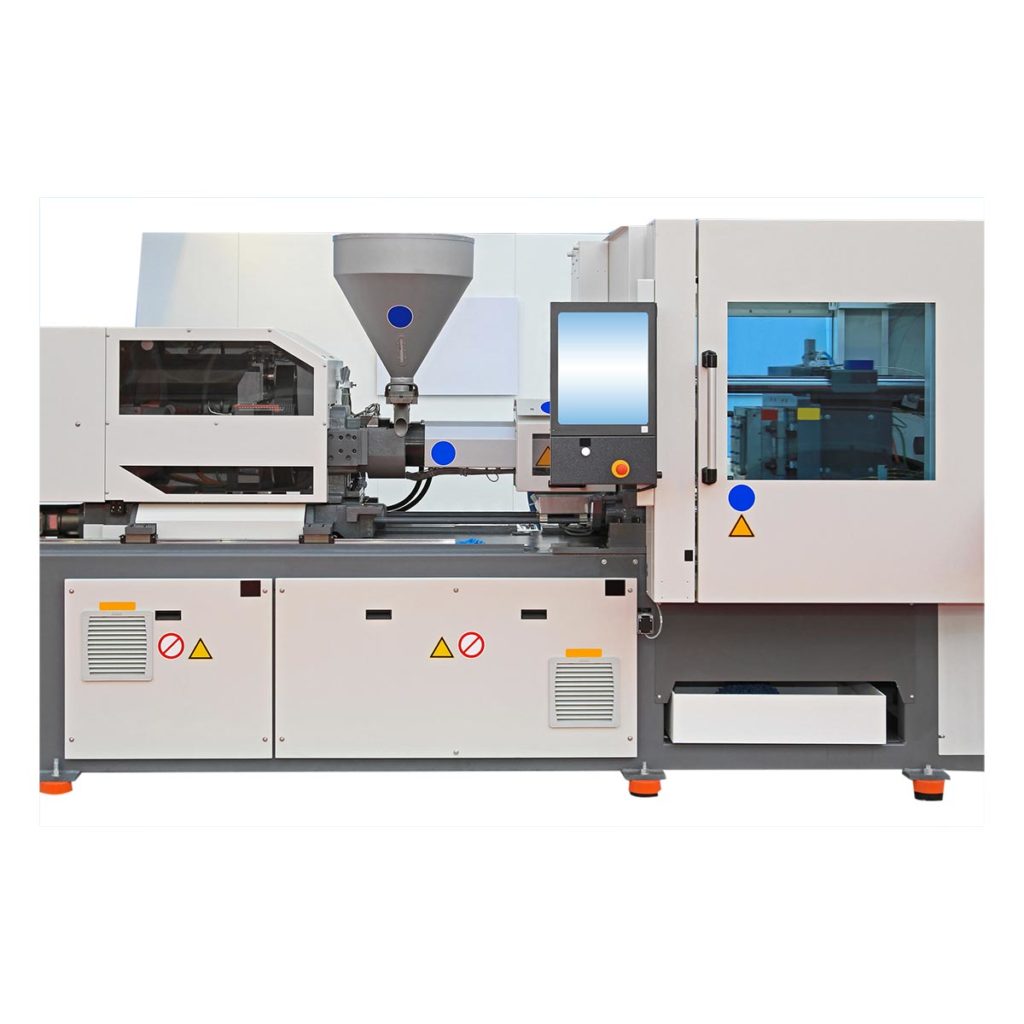The Future of Plastic Shot Molding: Advancements and fads to Watch
As the plastic shot molding industry develops, numerous vital trends are emerging that guarantee to reshape its landscape. Automation and wise production methods are established to boost productivity, while the shift towards sustainable materials reflects a growing ecological awareness. Furthermore, advancements in 3D printing are paving the way for unmatched style versatility. These developments also bring forth challenges that require mindful factor to consider. Comprehending exactly how these elements will communicate and influence future practices is crucial for stakeholders aiming to browse this transformative duration efficiently.
Automation and Smart Production
As the plastic injection molding sector progresses, automation and wise production are taking spotlight, transforming manufacturing procedures - Plastic Injection Molding. The integration of advanced modern technologies such as robotics, IoT (Web of Things), and expert system is making it possible for producers to enhance effectiveness, reduce functional expenses, and improve item quality. Automated systems enhance workflows, lessening manual treatment and increasing throughput, which is vital in satisfying the rising demand for quick production cycles
Smart producing technologies assist in real-time surveillance and data evaluation, enabling firms to optimize maker efficiency and predict maintenance demands. This proactive technique not just reduces downtime yet also expands the life expectancy of tools. Furthermore, the usage of collective robotics, or cobots, boosts the versatility of manufacturing lines, enabling equipments and workers to run side by side safely and effectively.
The fostering of automation in plastic shot molding is not just a trend yet a strategic necessary for organizations intending to remain competitive in a global market. By harnessing these technologies, producers can attain higher precision, decrease waste, and adapt swiftly to changing customer needs, placing themselves for lasting growth in a progressively automatic future.
Sustainable Materials and Practices
The push in the direction of automation and clever production has paved the way for a greater focus on lasting materials and practices within the plastic injection molding sector. Firms are progressively seeking environment-friendly options to conventional petroleum-based plastics, resulting in the adoption of bio-based and recycled materials. These lasting materials not only lower ecological impact however additionally align with consumer need for greener items.

Additionally, partnership between producers, material providers, and environmental organizations is promoting advancement in the growth of lasting products that satisfy performance requirements without jeopardizing quality. As policies around plastic usage become more stringent, the sector is positioned to adjust by accepting these sustainable approaches, ensuring lasting stability and lowering dependence on non-renewable resources. The integration of sustainability right into plastic shot molding is not simply a trend; it is becoming an essential part of company obligation and operational quality.
Breakthroughs in 3D Printing
Current improvements in 3D printing innovation are significantly changing the landscape of plastic injection molding. Impossible or as soon as difficult to achieve with traditional approaches, read the full info here the integration of additive production processes permits for the rapid prototyping of intricate geometries that were. This ability not navigate to this website just accelerates item development cycles yet also minimizes material waste, lining up with the expanding demand for lasting manufacturing methods
Moreover, the introduction of crossbreed production methods, which incorporate 3D printing and injection molding, provides suppliers the ability to produce intricate styles while keeping the efficiency of automation. This strategy enables the production of personalized components tailored to particular consumer requirements without compromising the rate and scalability that shot molding provides.
Furthermore, innovations in products, such as high-performance polymers and composites particularly designed for 3D printing, are improving the useful capacities of printed components. These materials can stand up to better stress and anxiety and exhibit improved thermal buildings, making them ideal for more demanding applications.
As 3D printing continues to progress, its assimilation right into plastic shot molding procedures assures to boost performance, lower prices, and foster technology in product design, placing manufacturers to better fulfill the challenges of an open market.
Information Analytics and IoT Assimilation
Information analytics and the assimilation of the Web of Points (IoT) are reinventing plastic injection molding by offering producers with unmatched insights into their procedures. By leveraging real-time information gathered from interconnected devices and sensors, producers can keep track of performance metrics, recognize inadequacies, and enhance production processes. This data-driven strategy promotes anticipating maintenance, decreasing downtime and expanding tools life-span.
In addition, IoT combination enables enhanced top quality control. By constantly tracking variables such as cycle, temperature, and stress times, makers can quickly discover discrepancies from established criteria and make adjustments in genuine time. This not only boosts product uniformity however additionally minimizes waste and scrap rates.
The combination of data analytics and IoT modern technologies also encourages producers to take on more active production methods. With access to detailed information analytics, organizations can react to market needs with greater adaptability, adjusting production timetables and configurations as required. This flexibility is vital in a rapidly transforming manufacturing landscape.

Personalization and Style Versatility
Exactly how can modification and layout versatility improve the competitiveness of plastic injection molding? In an increasingly diverse market, the capacity to supply customized remedies is extremely important. Modification permits makers to satisfy certain customer requirements, fitting distinct dimensions, shapes, and capabilities that typical items may not satisfy. This flexibility not just cultivates client loyalty yet also opens up avenues for brand-new organization chances across numerous fields, from auto to durable goods.
Advancements in layout technologies, such as computer-aided layout (CAD) and rapid prototyping, further reinforce this pattern. These tools allow developers to develop intricate patterns and complicated geometries, which can be flawlessly integrated right into the manufacturing procedure. Because of this, makers can respond swiftly to altering consumer preferences and market demands.
In addition, the execution of modular tooling systems boosts design flexibility, enabling quicker modifications in between various item designs without comprehensive downtime. This adaptability can bring about minimized lead times and reduced manufacturing costs, making firms extra active and competitive. Eventually, accepting personalization and design flexibility in plastic injection molding not only raises product you can find out more offerings but additionally reinforces market positioning in an ever-evolving landscape.
Verdict
The future of plastic shot molding is identified by significant developments in automation, lasting methods, and cutting-edge materials. Modification via modular tooling and quick prototyping will allow producers to stay responsive and affordable to the vibrant demands of the market.

The future of plastic injection molding is defined by substantial developments in automation, sustainable practices, and ingenious materials.